Ladakhi Headmaster, Villagers Transform Rundown Govt School Into Model Institute
Parents in Leh would probably not put their children through expensive private schools if there were more government school headmasters like national award winner Sonam Gyaltsan.
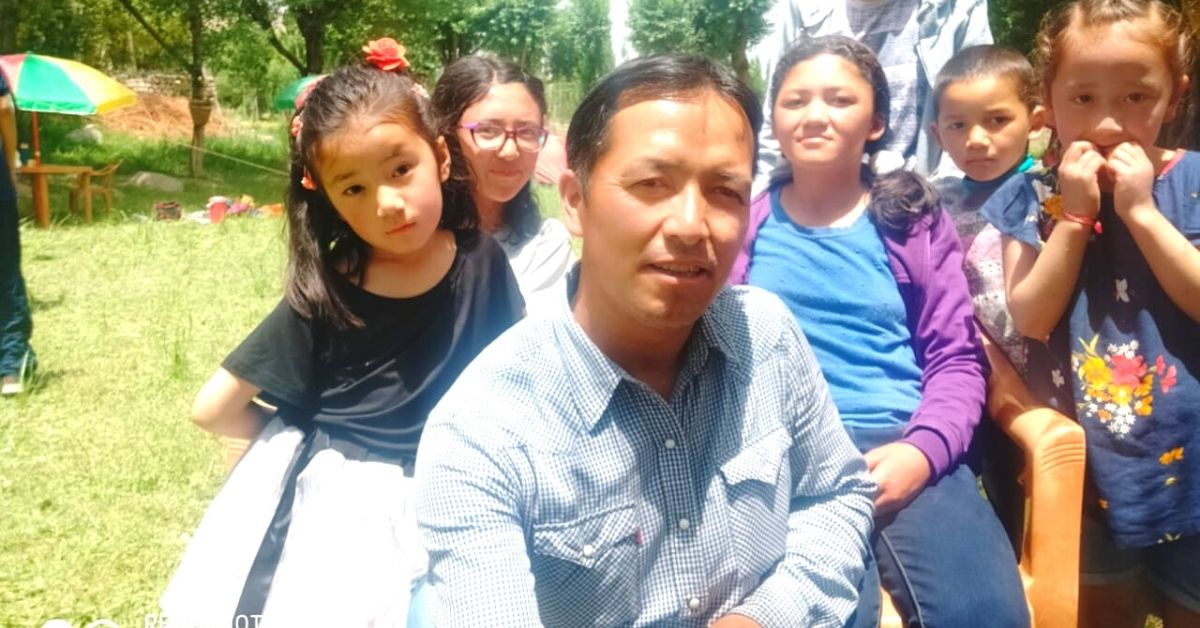
Parents in Leh, Ladakh, would probably not put their children through expensive private schools if there were more government school headmasters like 40-year-old Sonam Gyaltsan.
This national award-winning teacher’s dedication, resourcefulness and diligence have helped transform a once dilapidated government middle school with just 4 students in his native Sakti village, to a model centre for learning with 104 students (ranging from Nursery to Class 8) in the span of just three years.
A government school teacher since 2003, Gyaltsan became the headmaster of the Government Middle School, Taknak, in Sakti village (approximately 50 km from Leh), back in March 2016.
Watch Mr. Sonam Gyaltsan, Head Teacher – Middle School Taknak Sakti in Leh-Ladakh, talking about his initiative to increase school enrollments. He has been confered with National Teachers Award 2020. #OurTeachersOurHeroes #TeachersFromIndiahttps://t.co/lUonoExmlk @EduMinOfIndia pic.twitter.com/hv6XUc3WqU
— MyGovIndia (@mygovindia) September 6, 2020
It’s the quintessential public education success story. Driven by Gyaltsan’s passion, sacrifice and drive, an entire village has come together to participate in this school’s success.
So, how did all this happen?
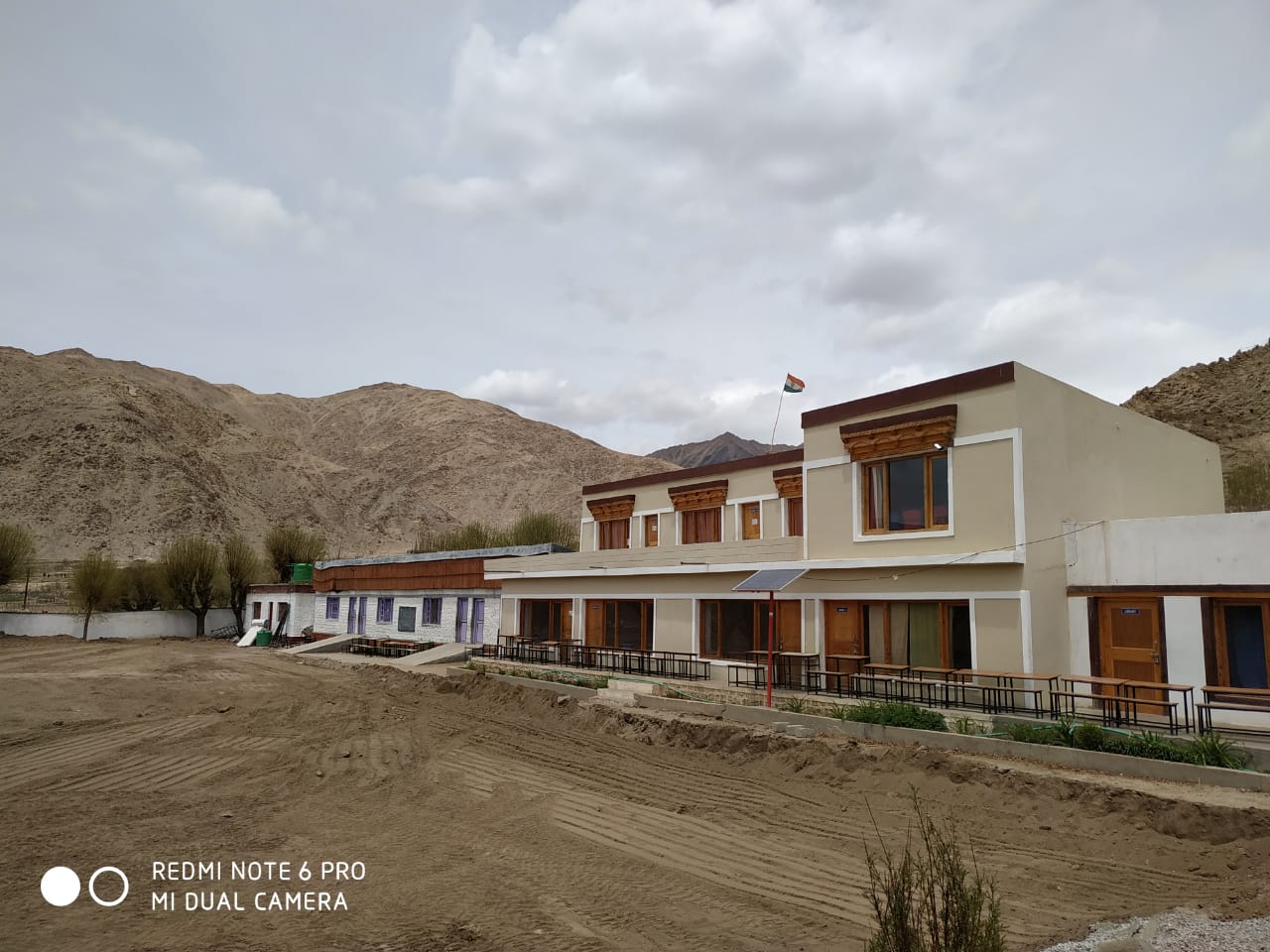
The Success Story
Located a little below Wari La, the mountain pass above Sakti village that facilitates the movement of people into the picturesque Nubra Valley, the government middle school had only four students when Gyaltsan took over as headmaster. Of the four students, three were children of seasonal Nepali labourers and only one was from Sakti. Unfortunately, such dismal enrollment numbers are common among government schools in Leh district.
In my recent interactions with various government school teachers, the common consensus is that state-run schools in Leh district are not in good shape.
“There are a few children who study there and they are primarily the children of Nepali and Bihari labourers who come to Ladakh for seasonal work. Very few Ladakhi children actually study in these schools. Instead, parents tend to send their wards to more expensive private schools in Leh. Many teachers are more concerned about the side businesses they run — like hotels or guest houses, instead of their jobs. For them, teaching offers an ‘easy’ paycheck,” says Rinchen Dolkar (name changed), a government school teacher.
To address poor enrollment numbers, the first thing Gyaltsan did was conduct a household survey. He had a fair idea of how many children each household had and the family’s income, but he went to individual homes and verified this information.
“Among my own close circle of 8-10 friends, I would ask them to send one of their two or three children to my school, with the assurance that I would revamp it completely,” he says.
In the meantime, Gyaltsan decided to set an example by taking his own daughter Thinles out of a private school and admitting her into his school in 2016. Upon seeing Thinles taking admission there, her friends asked their parents if they could join her as well.
“After seeing my daughter take admission, the Sarpanach, a member of the school managing committee, and some more friends of mine admitted their children into my school. By the end of 2016, the number of students enrolled increased to 32. When the first eight students enrolled, I assured their parents if the school shut down or anything wrong happened, I would personally get them admission into a good private school and pay their fees as well,” says Gyaltsan.
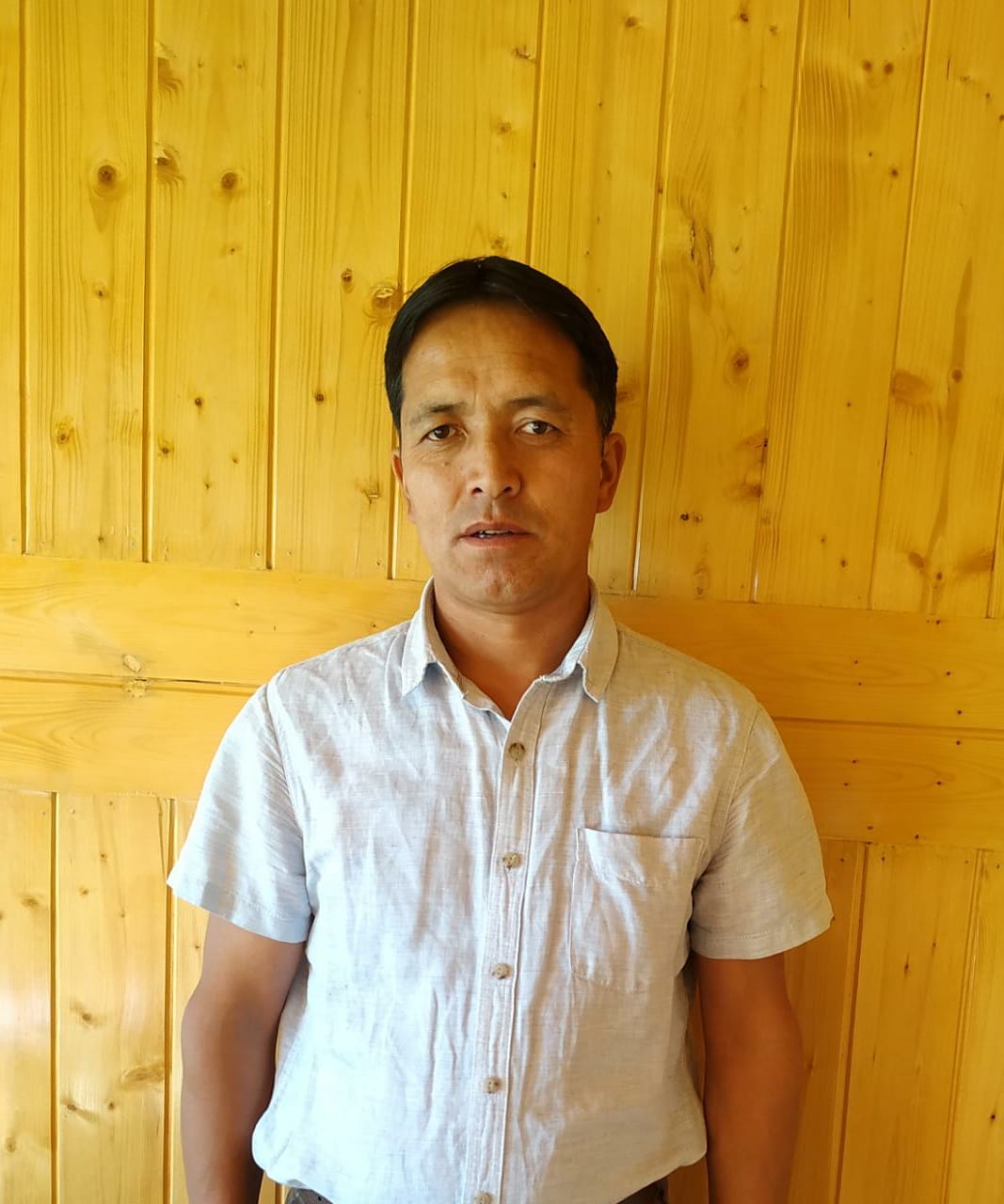
The next step was to take a look at the textbooks being used at the school. Instead of strictly going by the content prescribed by the local education department, he adopted textbooks being used in Lamdon Model Senior Secondary School (CBSE-affiliated), which ranks among the best private schools in Leh, for students from Class 1 to 6.
This created quite an impression on the parents, who could now see that whatever textbooks were being used at private schools were also being used in this up and coming government school.
But the school was also in desperate need of better infrastructure and sought support from the government. Gyaltsan reached out to the Leh Autonomous Hill Development Council (LAHDC), a body of elected representatives for the district, and facilitated the signing of a Memorandum of Understanding (MoU) with village representatives.
As per the MoU, the village would guarantee greater enrollment, while the authorities would support the school’s infrastructural needs. On 26th September 2016, the village re-inaugurated the school with 32 students enrolled.
“We changed the name of the school to Government Council Model School, letting people know that the LAHDC was overseeing its progress,” recalls Gyaltsan.
However, there was one more lacuna. The school was a little far from the main village and it was a challenge for students and teachers to walk there every day.
“In March 2017, we relocated the school to the middle of the village and housed the students in the old higher secondary government school building. Besides teaching these children, in the months of April and May, the parents of the 32 children and I helped rebuild the school. One of my friends contributed Rs 1 lakh towards the rebuilding effort. Others donated money to whitewash the school, repair the windows, doors, etc,” he says.
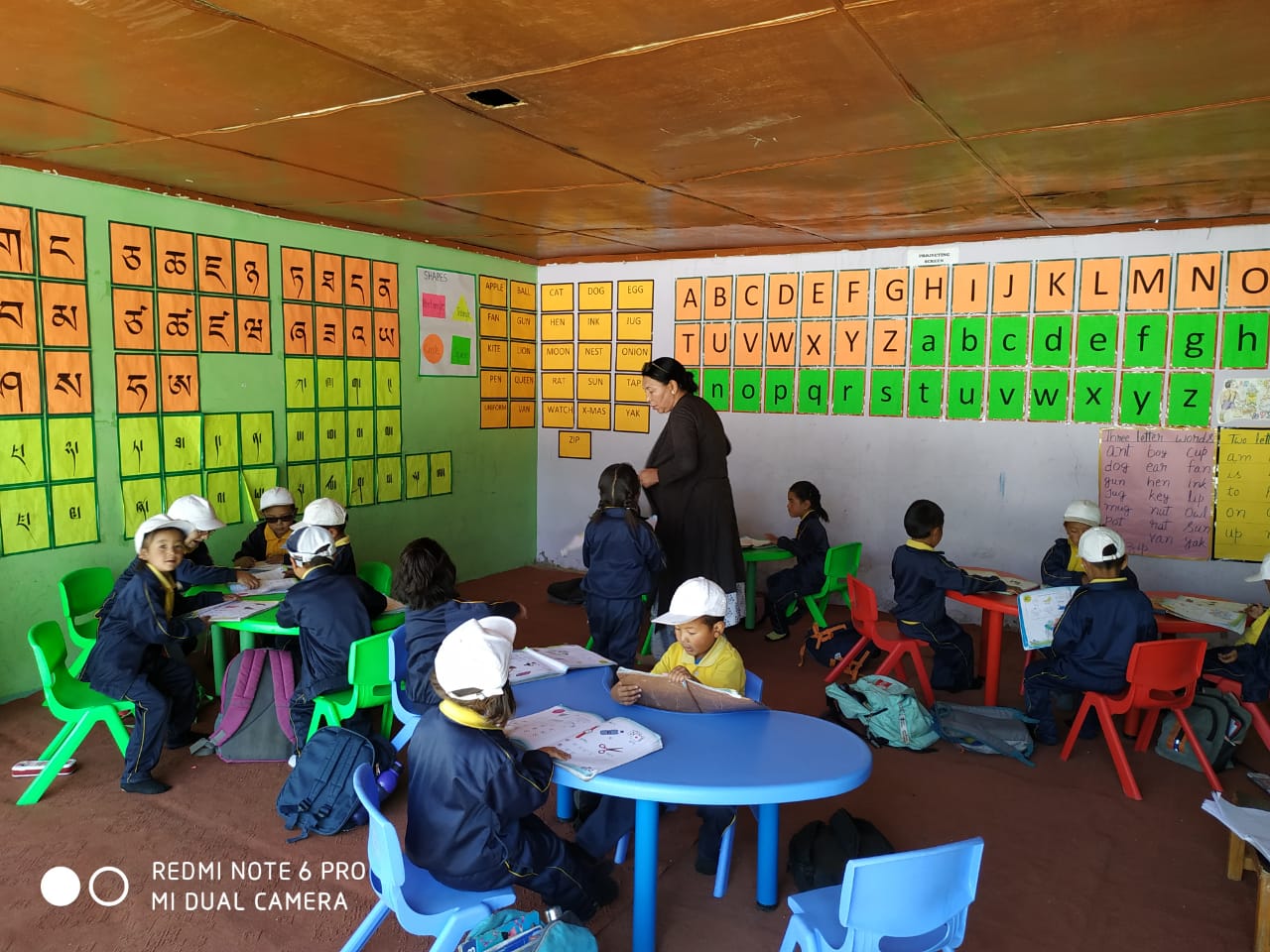
A few months later, contributions even came in from public officials, including the then Member of Parliament Thupstan Chhewang, who gave the school Rs 5 lakh out of his MPLAD fund. This money was used to construct the entire compound wall, an ice-skating rink, a gate, and for some repairs.
All these developments raised enrolment numbers to 62 by the end of 2017. After these numbers began to rise, Gyaltsan started getting calls from neighbouring villages like Chemday, asking whether they could enrol their children into his school. They also asked whether something could be done about transportation so that they could study there.
After running a makeshift bus service for a year, which further increased the enrollment number to 91 by the end of 2018, Gyaltsan needed to invest in a proper bus. With the Rs 3 lakh he had in savings, Gyaltsan took out a Rs 12 lakh loan from the bank. In total, he spent Rs 15 lakh on buying the new bus and is currently paying off the equated monthly instalment (EMI) out of his own salary. Today, the school has students coming in from nearby villages like Chemday, Kharu, Changa and Matselang, among others, thanks to the bus service. As a result, many parents have taken their children out of private schools and admitted them there.
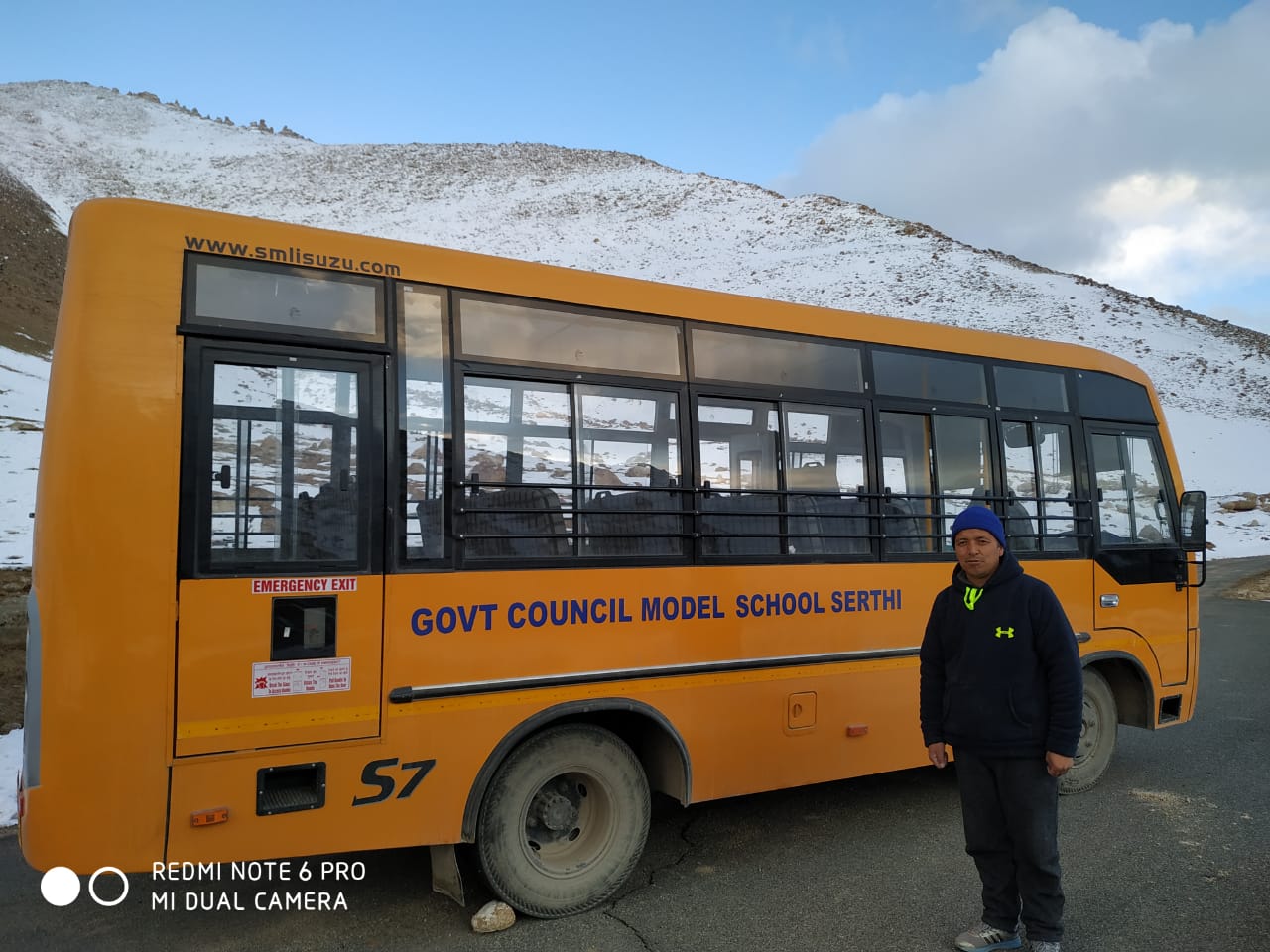
But this isn’t where all the good work ends. As Headmaster, Gyaltsan set up specific classrooms for English, Maths, Science, Hindi and Bothi languages, called ‘laboratories’.
For children studying in nursery, UKG and LKG, he convinced the local Integrated Child Development Services (ICDS) centre to associate themselves with the school. They were given a classroom and kitchen at the premises to assist with their work and also oversee these children.
More impressively, he helped six students obtain admission into Jawahar Navodaya Vidyalayas, a system of central schools for talented students, predominantly from rural areas, operated by the Ministry of Education. Helping them fill forms, taking extra classes after school hours and tuition over the weekend, Gyaltsan made this happen.
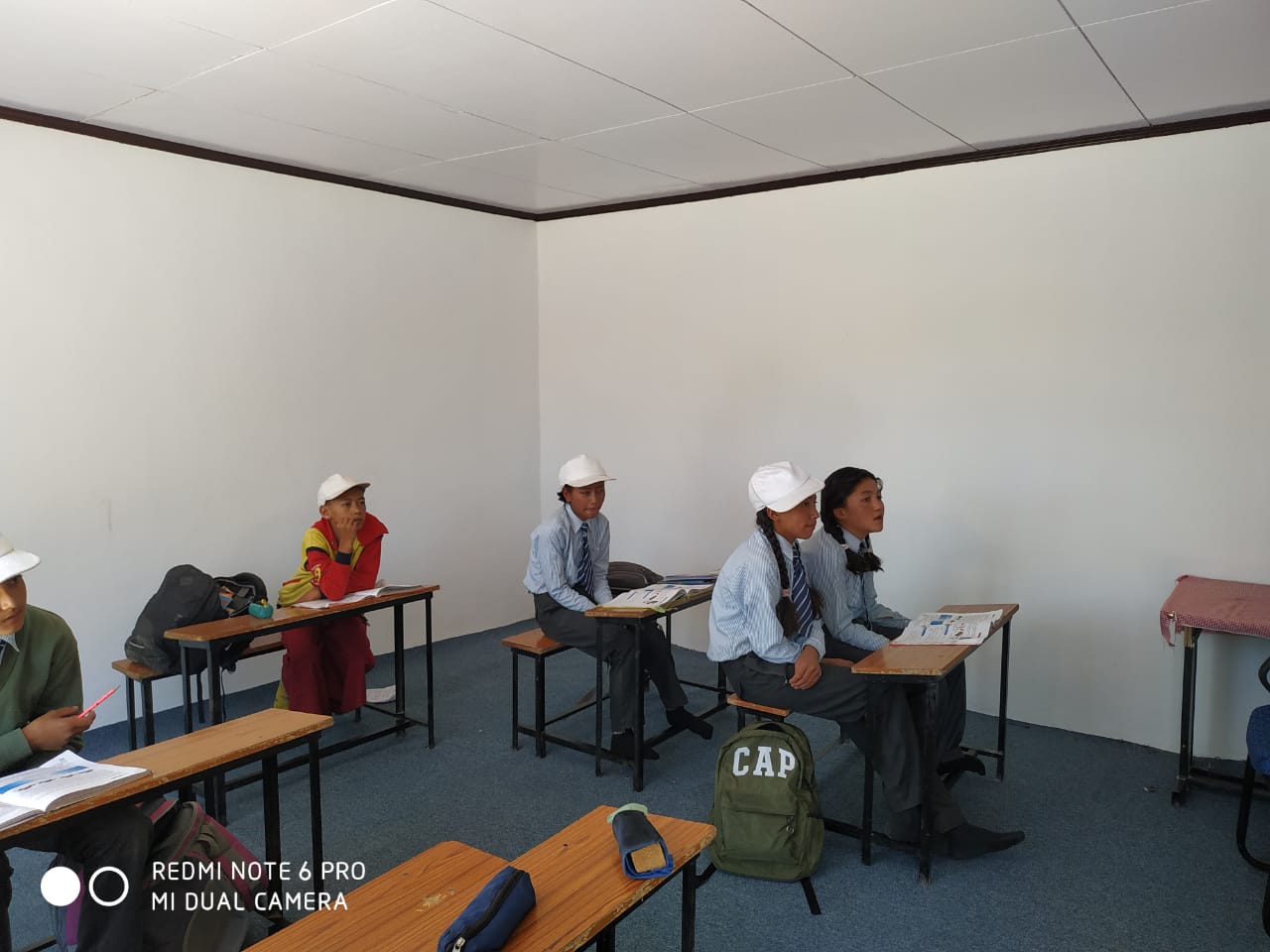
He also conducted teacher training sessions at the school and sought to change the pedagogical approach with significantly less emphasis on rote learning.
“Also, during the winters, all government schools are shut for two months. I keep the school open, although students don’t come with their bags. During these months, students from Class 4 to 8 learn Ladakhi folk songs, traditional instruments, ice-skating, roller-skating, essay writing, and even host cultural programmes,” he says.
“During the two-month winter break last year, Sonam Sir did not go home. He stayed back, taught our children and looked after them. It’s hard to describe his dedication and the wonderful work he is doing in our village. On behalf of all the villagers and parents, I once again congratulate Sonam Sir for the incredible work he has done for us,” says Tashi Namgyal, a parent and resident of Sakti whose three children study at the Model School.

Not Letting Go and The Future
It’s no surprise that earlier this year, the school had to stop new admissions. There was just not enough space for more students. Gyaltsan’s yeoman service to the village has made him so popular in Sakti that when the time came for his transfer in 2019, village representatives and the local councillor went to the education department and had it blocked.
Next on his agenda is setting up a residential hostel for students from Classes 3 to 8. The idea is to keep them engaged with schoolwork after classes end for the day.
This is the sort of difference one headmaster made in a village. If even a third of government school teachers in Leh district took the kind of initiative that Gyaltsan did, Ladakhis would never have to send their children to expensive private schools at home or outside the region.
Watch what the Sarpanch of Sakti village, Sonam Stobdan, has to say about Gyaltsan’s work:
(Edited by Nishi Malhotra)
Like this story? Or have something to share? Write to us: [email protected], or connect with us on Facebook and Twitter.

Similar Story

‘I Had Decided to Drop Out of IIT Entrance Exams, Until My Dad’s Words Changed My Life’
Ganesh Balakrishnan’s life took a turn when he faced health issues a month before his IIT-JEE exam. Despite feeling disheartened and at the verge of dropping out, his father’s advice helped him overturn his luck.
Read more >
If you found our stories insightful, informative, or even just enjoyable, we invite you to consider making a voluntary payment to support the work we do at The Better India. Your contribution helps us continue producing quality content that educates, inspires, and drives positive change.
Choose one of the payment options below for your contribution-
By paying for the stories you value, you directly contribute to sustaining our efforts focused on making a difference in the world. Together, let's ensure that impactful stories continue to be told and shared, enriching lives and communities alike.
Thank you for your support. Here are some frequently asked questions you might find helpful to know why you are contributing?


This story made me
-
97
-
121
-
89
-
167












